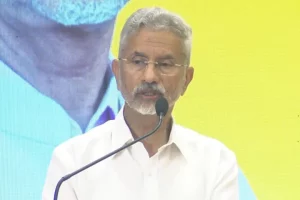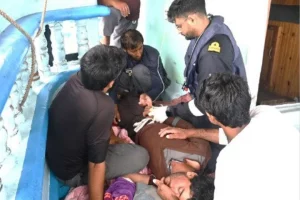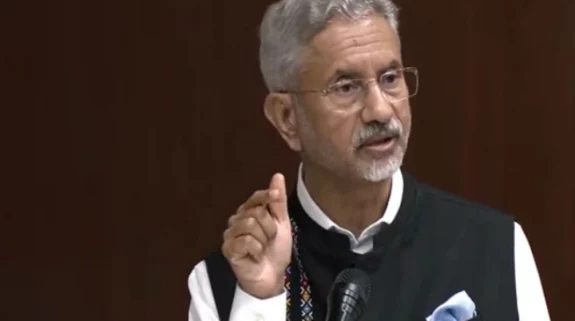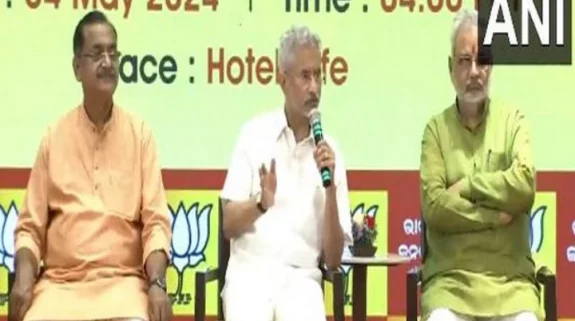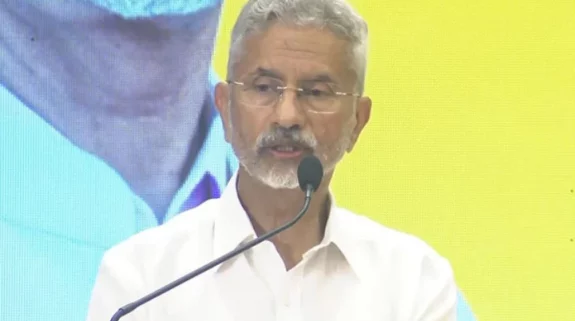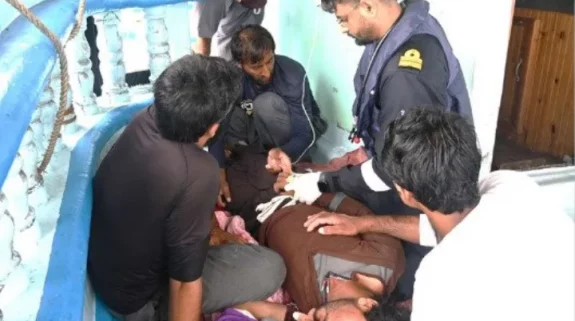The last few weeks have seen a spate of extreme weather events in the country, thanks to the monsoon. Hundreds have lost their lives while tens of thousands have lost their homes and had to be evacuated to safer places.
- Cloud bursts were reported from Uttarakhand
- Landslides have taken place in Himachal Pradesh
- Floods in large areas of Goa and Maharashtra
- Flooding in megacities like Delhi and Mumbai
The country's rural and urban areas can save themselves from considerable devastation if India adopts climate-resilient designs, plans and infrastructure in its urban development. One of the best examples of creating climate-resilient institutional infrastructure is Odisha where the state has saved thousands of lives and reduced the damage to infrastructure despite being battered by severe cyclones.
Odisha has built capacities of local institutions and state-led organisations such as the state disaster management department that works together in evacuation, rescue and relief operations. It coordinates with other departments such as energy and road constructions and with center’s NDRF teams.
India Narrative speaks with Dr Anjal Prakash, Research Director and Adjunct Associate Professor, Bharti Institute of Public Policy, Indian School of Business, and lead author in the 6th Assessment report of IPCC, to find out how different climatic regions in India can save themselves from devastation year after year.
Mapping climate hot spots
Dr Prakash says that India must take the first step by doing a risk mapping of climate hot spots or sensitive areas like coastal regions, semi-arid areas and the Himalayan states where the impacts of freak incidents and severe weather are increasing exponentially in past couple of years. This has to be done for all kinds of weather-related problems which could be attributed to a rapidly changing climate—floods, droughts, cyclones, cloud bursts and landslides.
Besides the risk mapping, Prakash adds: "I also suggest that planners and policy-makers map the natural resources of an area and then build a city around those. Both urban planning and environmental planning have to go hand in hand".
Planning and policy-making
"Once this is done, the next step is to ensure that planning and policies for such regions automatically take the plan and build climate-resilient infrastructure. We look at each climate sensitive zone separately and plan, design and build according to what it requires. Here we have to build on our traditional designs that were climate proofed. One such example is the cascading lakes systems in southern states and cities like Bengaluru and Hyderabad", says Prakash.
For coastal areas, safety shelters take priority, which have to be built specifically for protection against cyclones. The planners have to look at hygiene and sanitation so that after a cyclone passes, people can be provided safe water, food and medicines quickly. "The infrastructure like roads, bridges, shelters and other public areas have to be designed and planned keeping specific climatic zones and the climate risks in mind", Prakash adds.
Similarly, for areas that are flood-prone, the planners have to see that they have planned for dengue, snakebites, water-borne diseases. This planning goes beyond the immediate relief in terms of food, water, clothes, and shelter.
Budgets for adaptation and mitigation
The country will have to also plan in the short-term, mid-term and long-term so that both people and infrastructure can adapt to the unfriendly weather. Where the climatic conditions cannot be avoided, the government should be able to rush resources to mitigate the disasters.
Prakash says that to prepare for these natural processes, the policymakers have to be consistent. "The government has to plan and provide the finances for all these freak weather phenomena. It cannot be that you plan for some and ignore the others", he says.
In India, a poor coastal state like Odisha has implemented the cyclone management system in such a way that it saves lives and property. This is something that richer states like Maharashtra have not thought about these systems. The recurring flood in Mumbai is an example.
Protecting Indian cities
One of the major impacts of recent climate change led events are on Indian cities such as Mumbai, Kolkata, Goa, Vizag and Chennai. Protecting our natural resources and ecological infrastructure such as forests, water etc is one way in which cities could be made resilient. For example, protecting, and growing mangroves—which are the first line of defence—in coastal cities like Mumbai has to be encouraged. As these have been destroyed, Mumbai has been made more vulnerable to natural disasters.
Prakash says: "The lake systems in Hyderabad were built nearly 1,200 years back by Kakatiya Dynasty. These were interconnected, cascading system which captured excess rainwater and also maintained the water levels while significantly storing the excess water underground though percolations. These artificial lakes have sustained and allowed civilization to flourish for centuries in the entire Deccan plateau. But those lakes and their systems have been destroyed so Hyderabad is facing problems".
"If we do not want the cities to be flooded, then we have to demarcate the water bodies—lakes, ponds, rivulets, drains as a resource. And, this has to come in the planning stages itself, right at the beginning".
More on Environment
Is the Mumbai flooding onslaught due to climate change?
One man's mission to make India go sustainable and solar
Greece to plant 150 trees in Athens in Gandhi's memory, join solar alliance
From lab to field: IIT-M start-up takes clean water to people
China's greed for natural resources drives Venezuela into the ground








